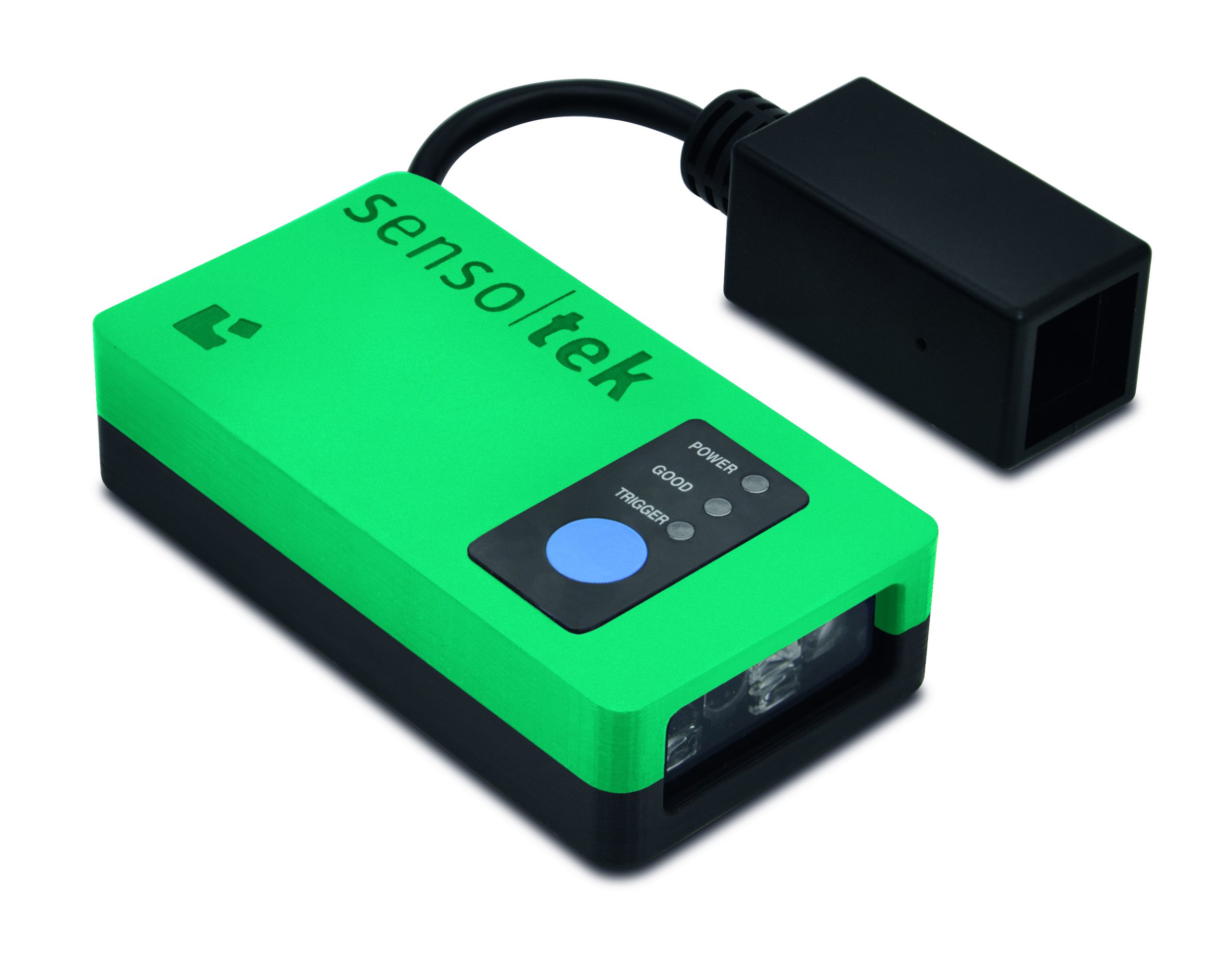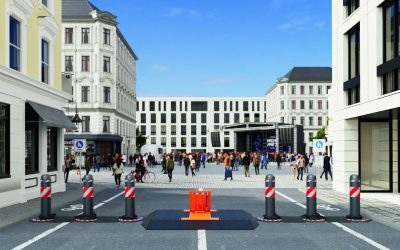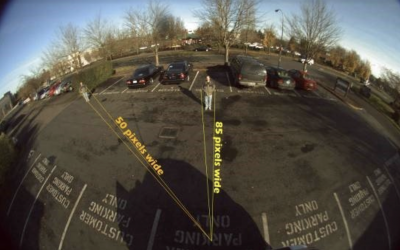The scanner with imager technology to open, installed in a gate in the self- checkout (SCO) area, can securely complete the payment process. There are open and closed self-checkouts which enable users to scan and pay for the goods themselves for various different reasons, such as when the customer only has a few items and does not want to stand in a long line at the normal checkout, or when people are simply not prepared to wait at all in general and see the time advantage for self-scanning the items. The checkout at the point of sale (POS) in a store is always a bottleneck in shopping, associated with undesirable waiting times. So the time factor for such people is the main motivation. But there are also customers who simply do not like being rushed at the normal checkout; they don’t like having to put their goods on the conveyor belt as fast as possible, then returning the purchase to a bag or shopping cart at high speed, while having to pay at the same time. Some customers would much rather take their time to complete the entire process at their own desired pace at a self-scanning station. The range of SCO use is therefore very wide, as is the range of SCO design in the respective supermarket
The process at the self-checkout (SCO) is always the same: place the goods on the checkout scanner or hold them in front of an overhead scanner, in any case scan the entirety of all chosen items, from the first to the last, then start the electronic payment process. As of January 1, 2023, the customer will receive the receipt with a TSE (Technical Security Equipment) signature as a receipt for the payment process. This gives the receipt a unique identification number, which makes it impossible to manipulate the receipt afterwards. With optical coding in the form of 1D or 2D codes, the automatic signature can also be coded directly or indirectly and used for output identification
For decades, cash register receipts printed on white thermal paper have been the technically most favorable printing method for retailers, since no other consumables such as toner, ribbon or ink-jet ink are required for printing. Instead, only a thermal print head is used to generate the information on the thermal paper. For the classic code reading technique, scanner with red light illumination, this is an ideal condition because the code (black on white background) is created with very good contrast.
However, from an environmental protection perspective, there’s a catch: the familiar white thermal paper necessary for the thermal printing process contains chemicals that make it non-recyclable residual waste instead of recyclable paper.
New, recyclable thermal paper, which does not have these disposal problems, has a disadvantage for scanner reading technology, however, since the color of the environmentally friendly thermal paper is now grayish-blue that provides a weaker contrast to the printed code than pure white paper. To put it bluntly and to exaggerate, the black code is almost printed on black paper, which generally makes it much harder to read.
The problem of good readability of codes on any thermal paper, whether white or grayish-blue, is solved by the new reading technology of the Imager 2D Mini, thanks to a well-chosen white LED illumination. These recent changes in the retail sector are taken into account by the Imager Reading Technology in the form of the Imager 2D Mini, which can be ideally employed as an exit gate opener in the retail stores.
The solution can easily handle closed self-checkout solutions as well. In other words, once the customer has paid and received the receipt with a code, he or she proceeds as normal to the exit system, which is still closed for the time being. It does not matter which code is printed on the receipt, because the reader automatically recognizes the respective code by its start and stop characters; as well as by the search patterns, if it is a 2D code. The customer receipt is read by the imager, i.e. the scanner based on image processing, which can be mounted in front of or directly on the e-gate itself.
The Imager sends the read code data to the POS system. The USB interface or an RS232 interface is installed for this purpose. The POS system performs a plausibility check that the goods have just been paid for by the customer, the exit gate is opened automatically and the customer can leave the store with a clear conscience.
This code reading process, which is completed when the exit gate is opened, takes only a fraction of a second and confirms to both the store and the customer alike that a purchase has been properly completed.





